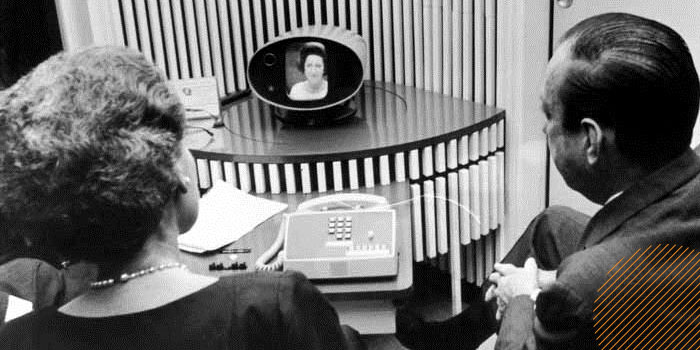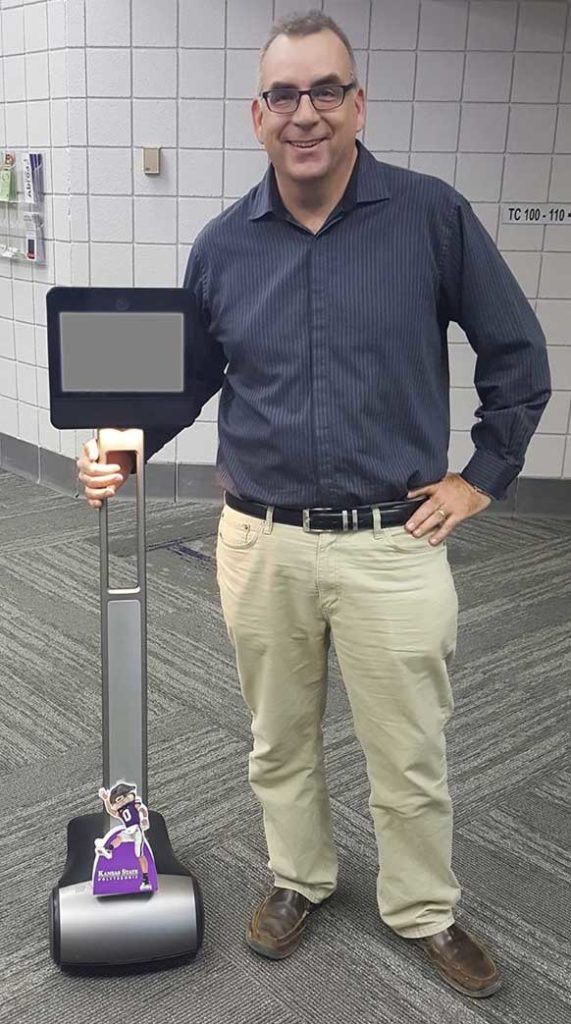Last summer, my mother died from an aggressive type of brain cancer. When I think back on what happened, I definitely see how digital/social media weighed in to our family’s journey through her illness and passing. My siblings used text messaging and Facebook to stay in regular contact, and to plan our visits to her while she was receiving treatments out of state. Extended relatives and friends contacted us through social media to hear about her status. My mother sometimes used Facebook during her illness, and it was sometimes evident how her cognitive functions were declining, even on social media.
This and other experiences have made me reflect on how social media weighs in to someone’s passing. I’ve actually been thinking about this for a long time. I think the first time this issue of social media and life’s end came to my attention was in news reports of a soldier being killed overseas in combat and his wife learned about it first through social media instead of the usual formal notification from the military. Someone in the know couldn’t wait for the formal notification, and broke the news themselves.
Then the same sort of thing happened to me. A while ago, I learned that my uncle had died on Facebook before anyone in my family could formally notify me. A well meaning friend offered condolences to my aunt before the family had a chance to notify everyone, and I saw it. A few hours later, my father called with the news.
My wife was also profoundly affected when her dear friend suddenly passed away. The surviving spouse without warning took down my wife’s friends Facebook page, and along with it all of the photos and memories that the two friends had shared there. Fortunately, a year or so later, the spouse reopened her memorialized page so those who had been locked out could have a chance to visit whenever they like. But the shock of being suddenly locked out was a hard surprise to take at the time.
Of course, death isn’t the only time that social media comes into play in our relationships. There are wonderful positive experiences worth mentioning too. Reconnecting with long lost classmates, friends, and former co-workers makes social media a powerful tool to have. People use social sites to find new love, even finding a mate online is a popular thing to do.
But again, the dark side of social media can show up in these uses as well. Perhaps there is a reason you haven’t connected with your classmate these past decades, and social media is reminding you of why. Maybe you used an online tool to find a new love interest, only to have that tool used against you for the break up. Or worse still, it seems that ghosting is a thing in the 21st century, where there isn’t even a breakup, just a disappearance, never to hear from that person again. This ghosting happens in love and in work. People take a job offer, then quit coming, or don’t even show up for the first day.
How have our relationships with others been affected by social media? If you think about it, everyone using social media has personal experience with this. It seems to be here to stay, so we need to think through the best way to approach things.
Personally, I try to keep in mind that there is a real flesh-and-blood person on the other end of that online connection. I often ask my students if our online self should be viewed as an extension of our self. I think perhaps it should be, as the hurts we feel online are just as real as hurts that happen in the face to face world. But, as Sherry Turkle points out, our online connections are missing part of the feedback loop of the face to face world. Digital communication is tone deaf, and if we do something hurtful, either intentionally or unintentionally, we can totally miss it.
Whenever possible, if it is a difficult conversation, I recommend having a face to face conversation about it. It is harder to miss the verbal cues and body language of the other person if we are in the same room together talking. I think we are getting into habits of mediating our difficult conversations though, and I’m just as guilty as anyone. I think I’ll just send this difficult news as an e-mail instead of telephoning or going to see them in person. We have to be aware that this is setting up a situation for missed feedback and ever harder feelings than what might be had we used a non-digital conversation.
You can’t ever go wrong with the golden rule that says to treat others as we would wish to be treated. If we always keep that one in mind, things will almost certainly go better than if we just fire off because we are angry and it made us feel better in the moment. The work of living a digital life well lived is difficult, but worth it, I think.

